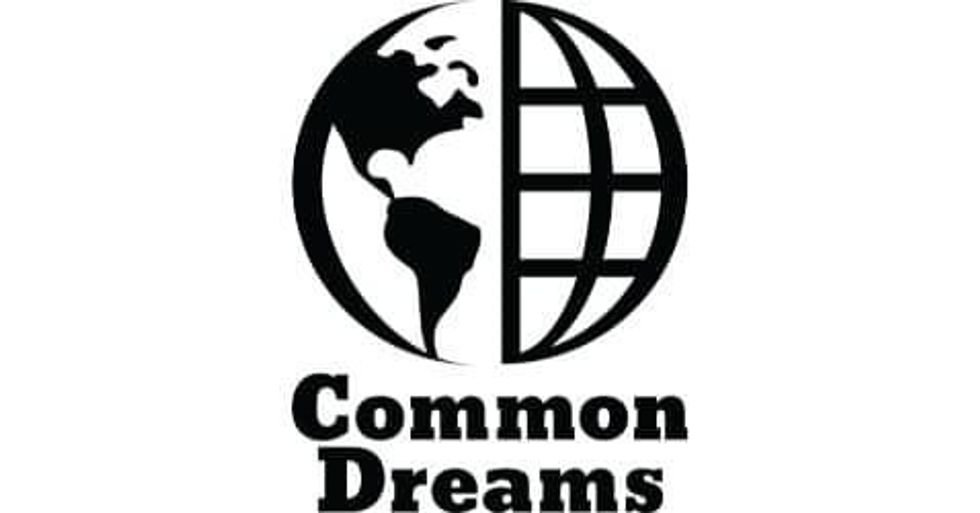Over the years, though, the media have not kept up Cronkite's dogged reporting on workplace safety -- or workers at all. Indeed, a recent study by Texas State University's journalism school found that labor reporting accounted for less than 0.3 percent of all pieces aired collectively by ABC, CBS, CNN and NBC in 2008, 2009 and 2011. The decline in coverage has created a media environment in which companies feel like they can get away with massive safety violations because there will be little scrutiny from the media and the public. For instance, in 2010, an explosion at the Upper Big Branch Mine in West Virginia killed 29 miners. In the year leading up to the explosion, according to the Pittsburgh Post-Gazette, the mine was cited 458 times for safety violations, with 50 of those violations being "for willful or gross negligence"-- a rate nearly five times the national average for a single mine. But after the disaster, this information and the story of the mine disaster vanished from the national discourse, and new mine safety legislation failed to pass even a Democratic-controlled House of Representatives.
For those of us who covered the Upper Big Branch explosion and have continued to report its investigation three years later, many of us fear that once again knowledge of why a massive workplace disaster occurred -- knowledge that could save lives in the future -- will be kept out of the public discourse because the media simply won't cover it. Has a single worker employed at the fertilizer plant been interviewed on cable TV? Where are the crowds of reporters trying to find the owner of the plant? And what about experts being rolled out to discuss what caused the explosion and how those responsible for this disaster will face justice?
After all, while it remains difficult to deduce what may have been the motives of the alleged Boston bombers, it is not so difficult to postulate what was behind the explosion at the West Fertilizer Company's plant: the failure to follow the science of workplace safety. The plant had 1,350 times the legally allowed amount of highly explosive ammonium nitrate, yet hadn't informed the Department of Homeland Security of the danger. Likewise, the fertilizer plant did not have sprinklers, shut-off valves, fire alarms or legally required blast walls, all of which could have prevented the catastrophic damage done. And there was little chance regulators would learn about the problems without the company reporting them: Not only had the Occupation Safety and Health Administration not inspected the plant since 1985, but also, due to underfunding, OSHA can only inspect plants like the one in West on average once every 129 years.
So why is it that the media choose to cover around the clock a terrorist bombing that killed fewer people and is extremely rare, while all but ignoring an industrial explosion that killed more people, is far more common and is far easier to prevent? Aaron Albright, who worked on failed mine safety legislation in the wake of the Upper Big Branch mine as an aide to Rep. George Miller (D-Calif.), joked on Twitter that the media opted to focus almost exclusively on the Boston bombings because the two stories were like "CSI/Mission Impossible vs.[a] PBS documentary." The story of alleged terrorists with Chechen links seems far more exotic and threatening than the story of a workplace disaster that would have been preventable if the company followed the rules.
Yet, death in the workplace is a much more real possibility for almost all Americans than death at the hands of a terrorist. In 2011, 4,609 Americans were killed in workplace accidents while only 17 Americans died at the hands of terrorists -- about the same number as were crushed to death by their televisions or furniture. One could argue that terrorists get more attention because they intentionally aim to kill people, but disasters like at Upper Big Branch are also the result of companies violating workplace safety laws.
With so many lives at stake, it is the duty of the media to, at the very least, dedicate as much reporting to West, Tex., as we do Boston. Indeed, the imbalanced coverage, some would argue, could have negative consequences across the board. As Ken Ward Jr., of the Charleston Gazette, who has covered the Upper Big Branch mine explosion more than other than any other reporter, tweeted "Terrorists want media attention, so we give it to them. Unsafe industries don't want media attention -- so we give that to them."


